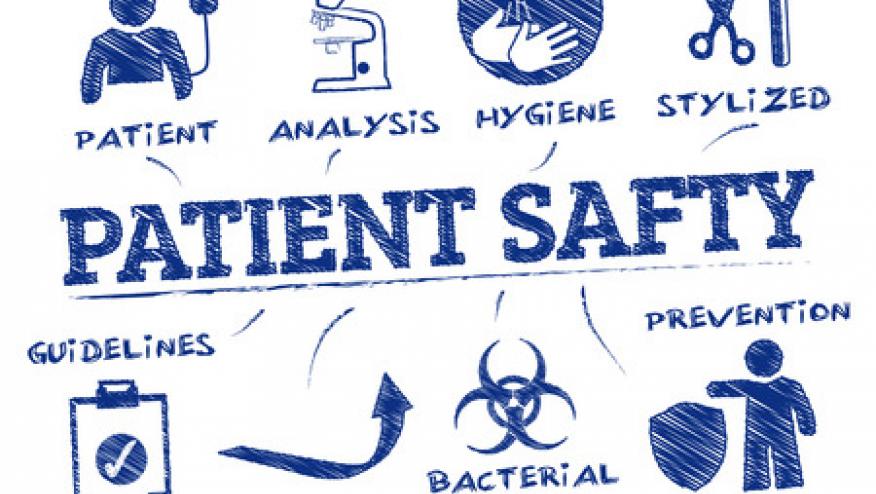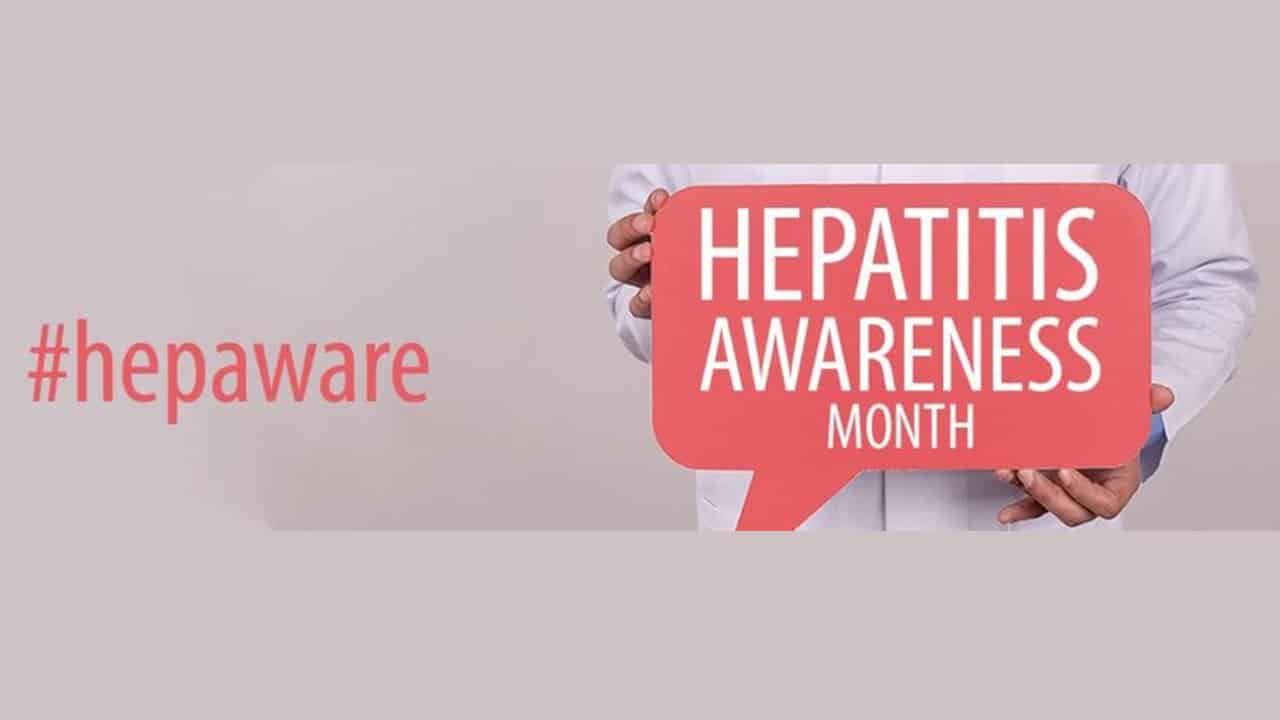Liver
How to prevent hepatitis

Hepatitis Prevention
The capacity to prevent hepatitis, a liver-damaging viral infection, hinges on a collection of protective actions. Most fundamentally, executing proper sanitation practices, such as consistently washing hands with soap and water, can notably lessen transmission probabilities. Circumventing hazardous practices like needle-sharing or having unprotected sexual intercourse is yet another constructive deterrent to hepatitis. Moreover, by implementing safety protocols in the usage and disposal of medical apparatus such as needles, the virus’s dissemination can be effectively curtailed. A quintessential preventive tactic is vaccination, which offers a robust shield against hepatitis. It’s of great consequence to educate the masses on the various strains of hepatitis, their transmission pathways, and defensive methodologies to thwart the virus’s further spread. By aligning with these preventive maneuvers, each person can chip in towards the aggregate decrease and management of hepatitis contagions.
Types of Hepatitis

Hepatitis, an inflammation of the liver, has different sources, such as viruses, alcohol, and certain medications. It is vital to grasp the different kinds of hepatitis to curb its proliferation. Hepatitis A is regularly spread via tainted food and water, whereas Hepatitis B and C, bloodborne viruses, often spread through unsafe practices like unprotected sex, unsafe injection practices, or transmission from an infected mother to her child during childbirth. Hepatitis D and E are rarer but can still spread through contaminated blood and water, respectively. When people comprehend the different hepatitis types and their transmission methods, they can take steps to prevent infection. This may involve maintaining good hygiene, using protection during sexual activity, avoiding shared needles or personal hygiene items, and getting Hepatitis A and B vaccinations. Moreover, raising public awareness and educating about risks and prevention can contribute to reducing the number of hepatitis cases.
3. Vaccination and Immunization Strategies

Getting vaccinated is a vital step in the prevention of hepatitis. Several immunization protocols are available for safeguarding against different hepatitis viruses. Hepatitis A and B are covered most commonly through vaccines. Hepatitis A’s vaccination is generally suggested for children, those planning travels to disease-prone regions, and individuals with certain health conditions. Hepatitis B’s vaccine is suggested for infants, workers in healthcare, and people at a high risk of contracting the infection. A combination of vaccines is also sometimes used, providing safety against hepatitis types A and B together. Vaccination aids not only in reducing the chances of transmitting hepatitis but also acts as a defense against chronic liver ailments and liver-related cancers. It is crucial to follow vaccination schedules as recommended for optimal efficacy in hepatitis prevention.
4. Safe Practices for Hepatitis Prevention

In pursuing hepatitis prevention, it’s necessary to incorporate safe habits. The primary instance to refer to here is maintaining excellent hygiene. This covers washing hands thoroughly after accessing potentially infected areas, upon finishing using the toilet and before consuming food. It’s also significant to handle food with care, ensuring it’s cooked and preserved at the ideal temperatures. Refraining from sharing personal objects such as toothbrushes and razors is another paramount measure, as these objects can potentially spread the virus. Finally, the practice of responsible sexual behaviors by employing barrier techniques like condoms is vital in diminishing the likelihood of getting hepatitis. Through the observance of these safety guidelines, the chances of hepatitis transmission can be drastically reduced.
5. Promoting Awareness and Education
 Raising awareness and education about hepatitis is crucial in halting its transmission. By imparting knowledge about the various forms of hepatitis, modes of spreading, and preventive strategies, we are empowering people to safeguard themselves and their surroundings. Health outreach initiatives, community engagement efforts, and instructional tools are instrumental in communicating information about safe behaviors, such as engaging in safe sexual activities, refraining from needle sharing, and upholding cleanliness standards. Also, spotlighting the significance of vaccinations and immunizations bolsters our resistance against hepatitis. With inclusive education, we can cultivate a proactive attitude in individuals, urging them towards prevention, endorsing beneficial behaviors, and ultimately diminishing hepatitis outbreaks in our localities.
Raising awareness and education about hepatitis is crucial in halting its transmission. By imparting knowledge about the various forms of hepatitis, modes of spreading, and preventive strategies, we are empowering people to safeguard themselves and their surroundings. Health outreach initiatives, community engagement efforts, and instructional tools are instrumental in communicating information about safe behaviors, such as engaging in safe sexual activities, refraining from needle sharing, and upholding cleanliness standards. Also, spotlighting the significance of vaccinations and immunizations bolsters our resistance against hepatitis. With inclusive education, we can cultivate a proactive attitude in individuals, urging them towards prevention, endorsing beneficial behaviors, and ultimately diminishing hepatitis outbreaks in our localities.
